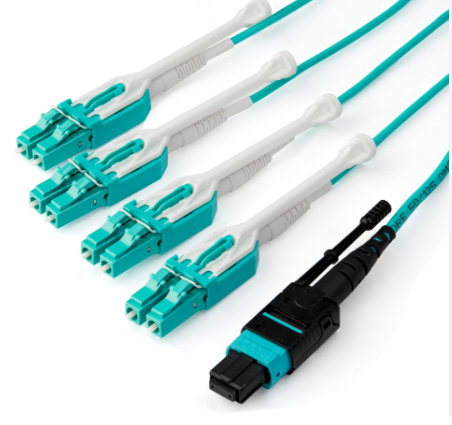Oufu Optical Fiber Cable Co.,Ltd
Address: Shenyang, Liaoning, China
Contact person: Manager Zhang
Phone: 400-964-1314
Mobile phone: +86 13904053308
【whatsapp && wechat】
2024-07-22 1565
MPO (Multi-fiber Push-On) fiber cables have emerged as a staple for network infrastructure, particularly in data centers and large-scale telecom networks. With their ability to house multiple fibers within a single connector, MPO cables simplify cable management and enhance network efficiency. However, with various specifications and parameters to consider, selecting the right MPO fiber cable can be daunting. This comprehensive guide will walk you through the key MPO fiber cable specifications, making your selection process easier.www.adsscable.cn
 www.adsscable.cn
www.adsscable.cn
One of the most fundamental specifications of MPO fiber cables is the core count, which refers to the number of fibers bundled within the cable. Common core counts include 8, 12, 16, 24, 32, 48, and even 72 fibers. The choice of core count depends on your network's bandwidth requirements, fiber utilization plan, and future scalability needs.
MPO cables are available in both single-mode (SM) and multi-mode (MM) variants, each with distinct characteristics suitable for different applications.
Single-Mode (SM): Ideal for long-distance transmission due to low modal dispersion, operating at 1310nm or 1550nm wavelengths. SM MPO cables are typically identified by yellow jackets and blue connectors.
Multi-Mode (MM): Suitable for short- to medium-distance applications, supporting multiple modes of light transmission. MM MPO cables come in orange or aqua jackets with beige or black connectors and are further classified into OM1, OM2, OM3, OM4, and OM5, with OM4 and OM5 offering the highest bandwidth.
The connector is a crucial component of MPO cables, as it determines the cable's compatibility and performance. Industry-standard connectors like US Conec's MTP® connectors are widely adopted for their reliability and high-performance characteristics. Ensure that the chosen connector type aligns with your existing infrastructure and future upgrade plans.
Insertion Loss: Measures the amount of signal power lost when light passes through a connector or cable. Lower insertion loss indicates better signal transmission and is essential for maintaining network performance. High-quality MPO cables typically have insertion loss values below 0.35 dB.
Return Loss: Reflects the amount of light reflected back into the fiber, which can affect signal integrity. High return loss values are desirable for optimal network performance.
MPO fiber cables are typically jacketed with materials like PE (Polyethylene), PVC (Polyvinyl Chloride), or LSZH (Low-Smoke Zero Halogen). Each material offers different properties in terms of durability, flexibility, and fire resistance.
PE and PVC: Offer good flexibility and durability but may not be as fire-resistant as LSZH.
LSZH: Provides excellent fire resistance, emitting low smoke and no toxic halogens during combustion, making it ideal for use in environments with strict fire safety regulations.
The operating temperature range specifies the limits within which the MPO fiber cable can function reliably. Ensure that the selected cable's temperature range aligns with your deployment environment to avoid performance degradation or damage.
The bend radius refers to the minimum radius a cable can be bent without causing excessive signal loss or damage to the fiber. Choosing a cable with a lower minimum bend radius can increase flexibility and ease of installation in tight spaces.
Pulling Strength: Indicates the maximum force that can be applied to the cable during installation without causing damage.
Color Coding: Helps identify and manage different cables within a complex network infrastructure.
Cable Length: MPO cables are available in various lengths, from short patch cables to long-haul cables. Choose the length that best suits your network's layout and connectivity requirements.
Selecting the right MPO fiber cable requires a thorough understanding of your network's needs and a careful consideration of various specifications and parameters. By keeping in mind the core count, fiber type, connector type, insertion loss, return loss, jacket material, temperature range, bend radius, and additional features, you can make an informed decision that aligns with your budget and long-term goals. This comprehensive guide should serve as a valuable resource for your MPO fiber cable selection process.